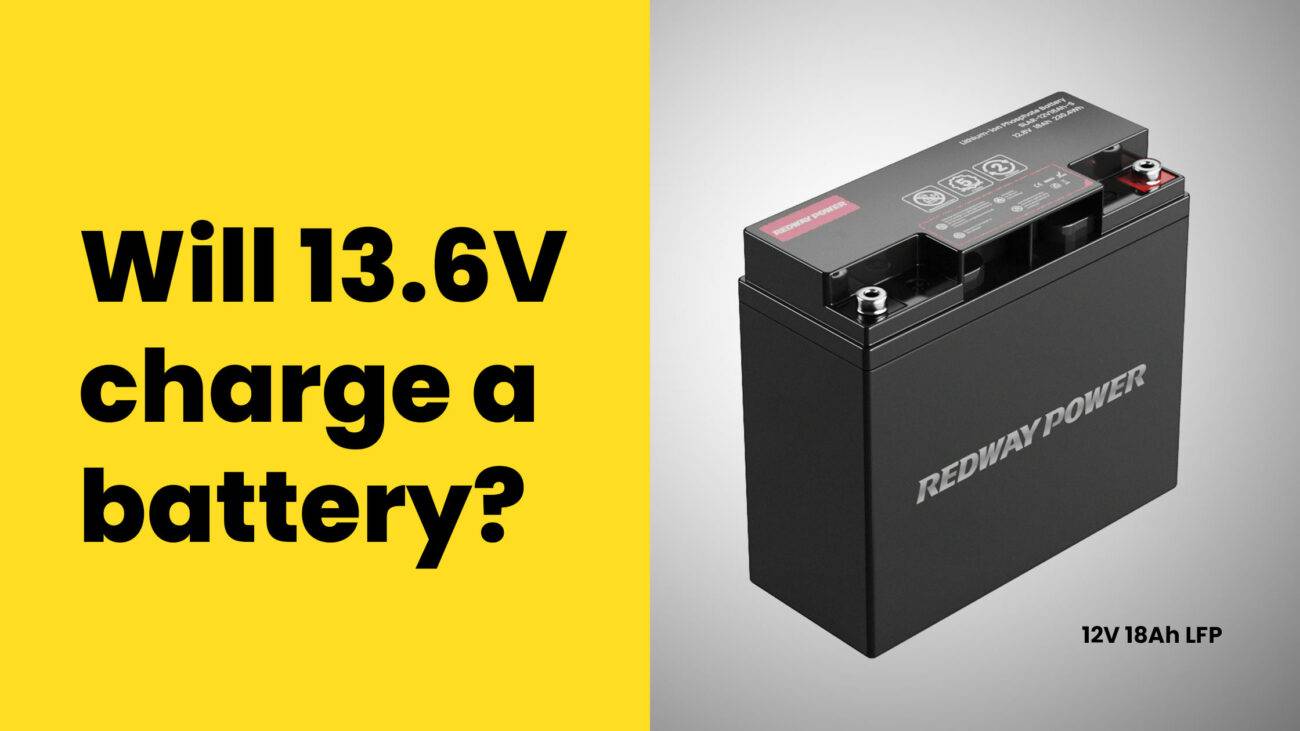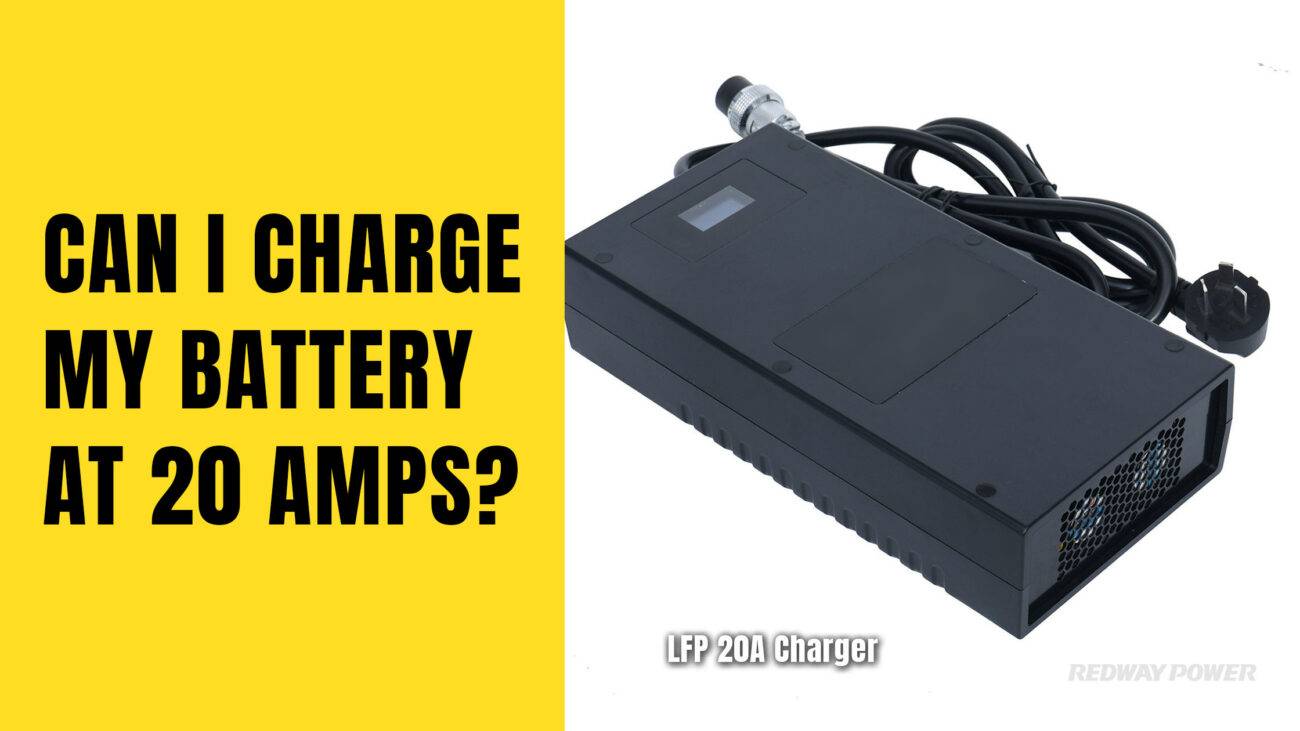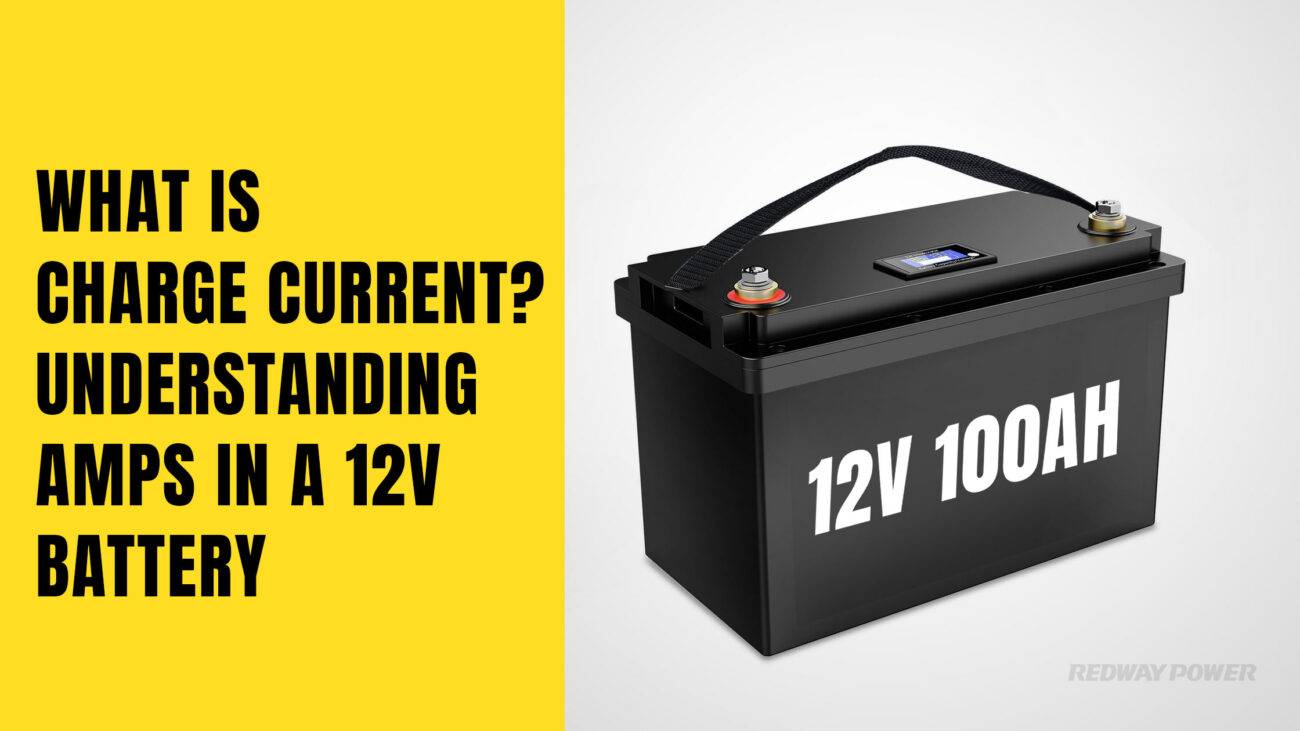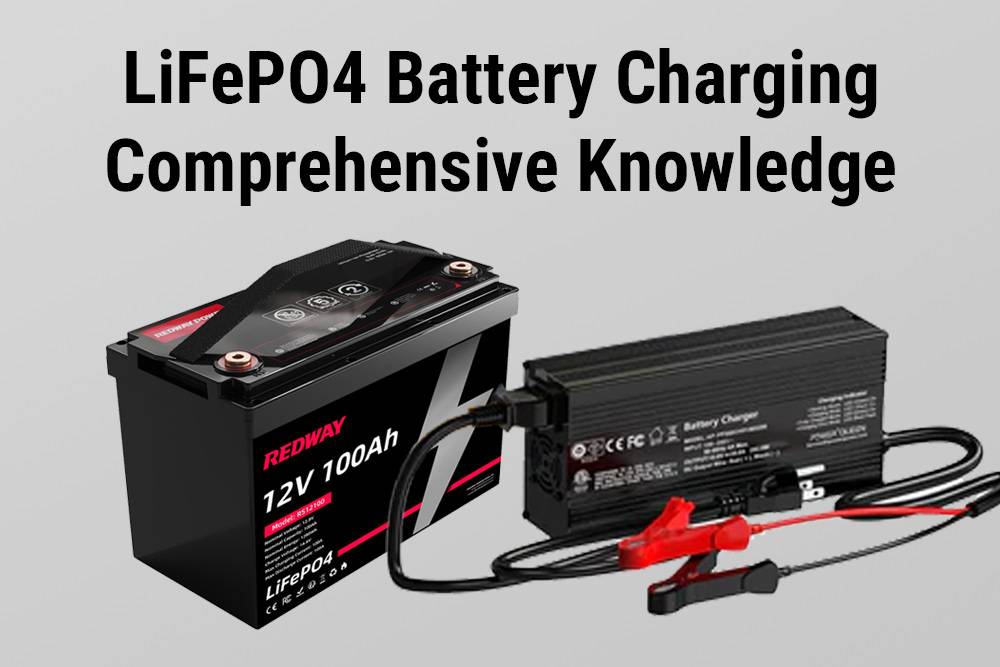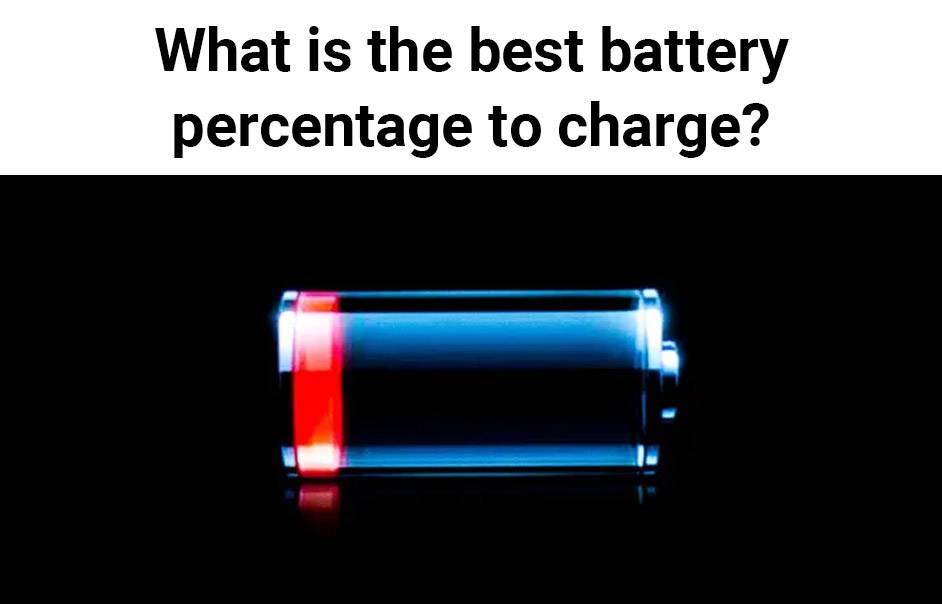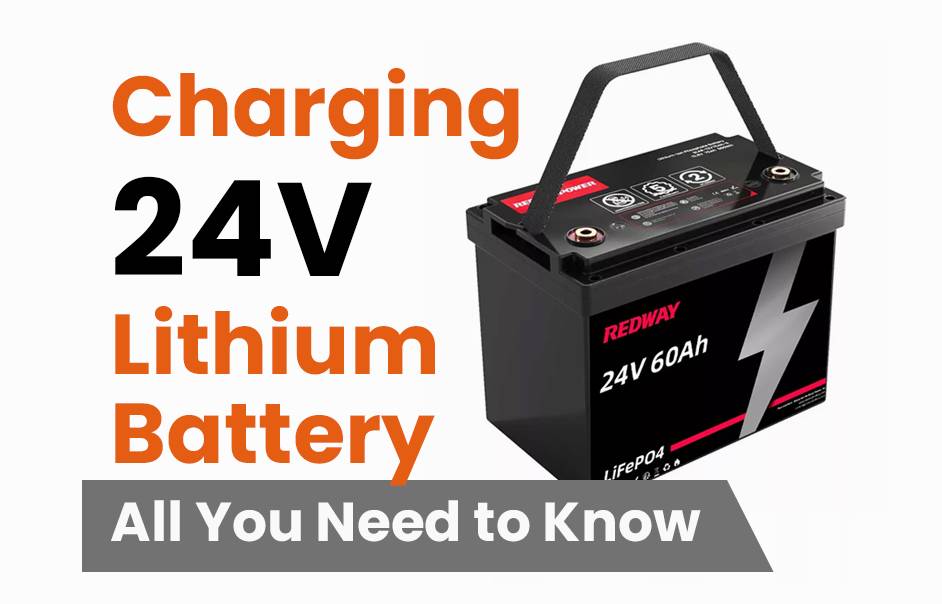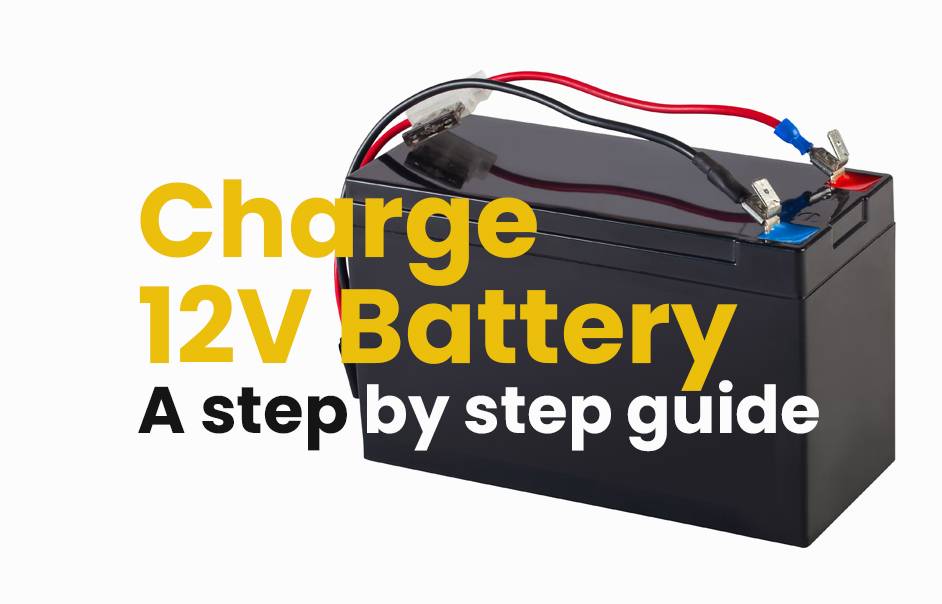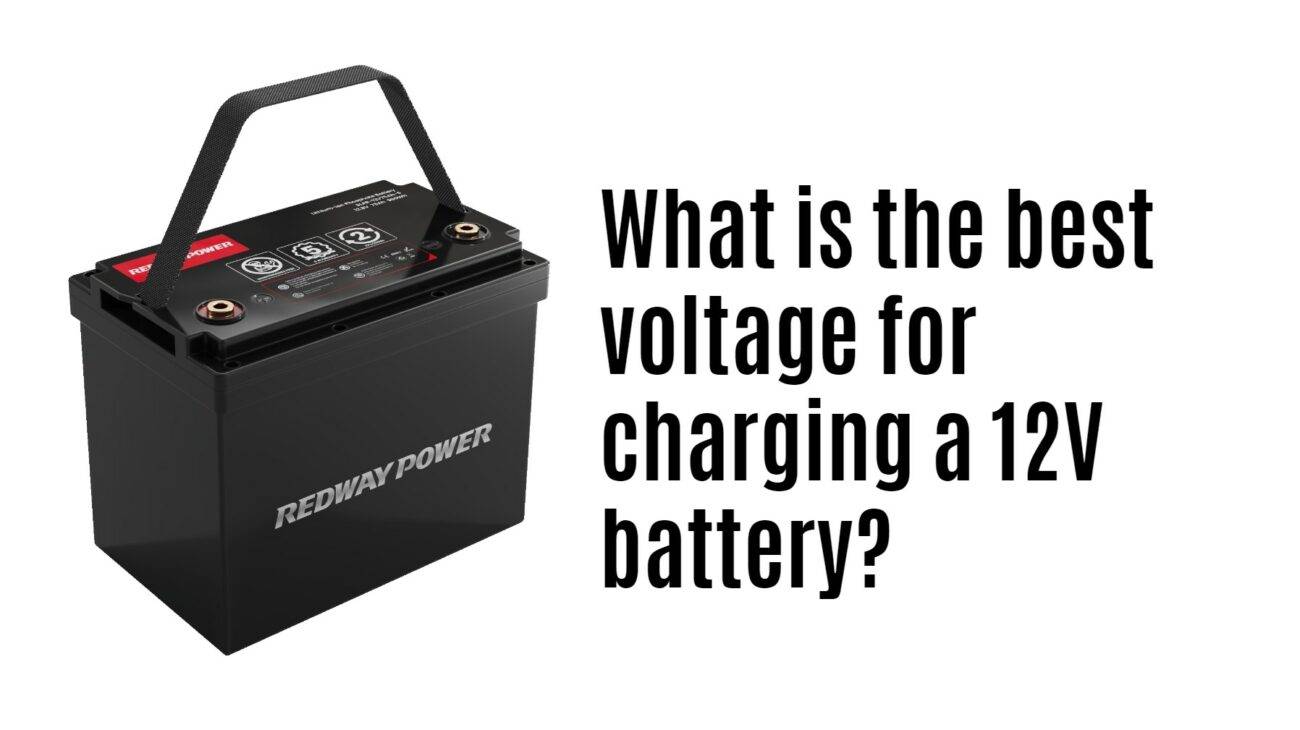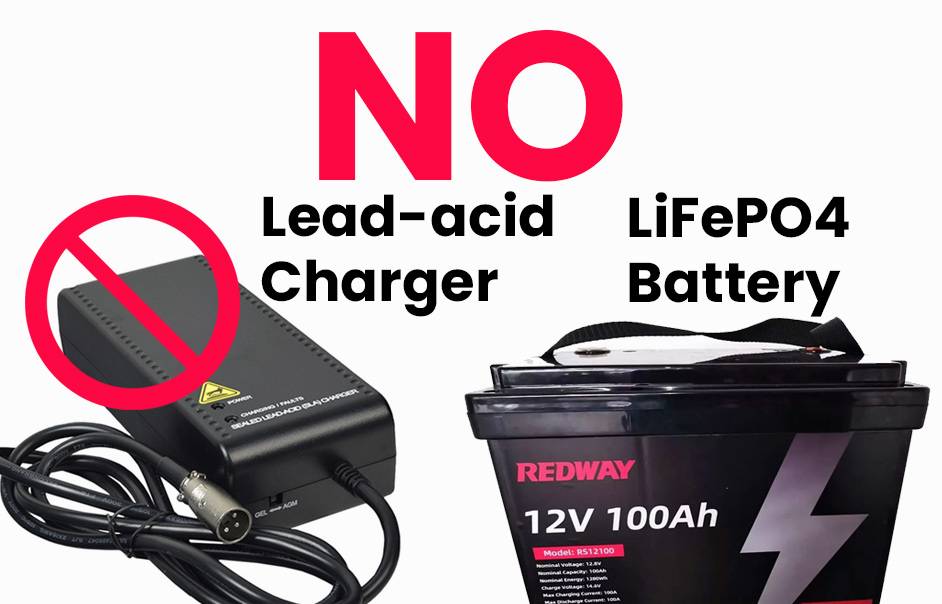- Forklift Lithium Battery
-
48V
- 48V 210Ah
- 48V 300Ah
- 48V 420Ah (949 x 349 x 569 mm)
- 48V 420Ah (950 x 421 x 450 mm)
- 48V 456Ah
- 48V 460Ah (830 x 630 x 590 mm)
- 48V 460Ah (950 x 421 x 450 mm)
- 48V 460Ah (800 x 630 x 600 mm)
- 48V 460Ah (820 x 660 x 470 mm)
- 48V 500Ah
- 48V 560Ah (810 x 630 x 600 mm)
- 48V 560Ah (950 x 592 x 450 mm)
- 48V 600Ah
- 48V 630Ah
-
48V
- Lithium Golf Cart Battery
- 12V Lithium Battery
12V 150Ah Lithium RV Battery
Bluetooth App | BCI Group 31
LiFePO4 Lithium
Discharge Temperature -20°C ~ 65°C
Fast Charger 14.6V 50A
Solar MPPT Charging - 24V Lithium Battery
- 36V Lithium Battery
- 48V Lithium Battery
-
48V LiFePO4 Battery
- 48V 50Ah
- 48V 50Ah (for Golf Carts)
- 48V 60Ah (8D)
- 48V 100Ah (8D)
- 48V 100Ah
- 48V 100Ah (Discharge 100A for Golf Carts)
- 48V 100Ah (Discharge 150A for Golf Carts)
- 48V 100Ah (Discharge 200A for Golf Carts)
- 48V 150Ah (for Golf Carts)
- 48V 160Ah (Discharge 100A for Golf Carts)
- 48V 160Ah (Discharge 160A for Golf Carts)
-
48V LiFePO4 Battery
- 60V Lithium Battery
-
60V LiFePO4 Battery
- 60V 20Ah
- 60V 30Ah
- 60V 50Ah
- 60V 50Ah (Small Size / Side Terminal)
- 60V 100Ah (for Electric Motocycle, Electric Scooter, LSV, AGV)
- 60V 100Ah (for Forklift, AGV, Electric Scooter, Sweeper)
- 60V 150Ah (E-Motocycle / E-Scooter / E-Tricycle / Tour LSV)
- 60V 200Ah (for Forklift, AGV, Electric Scooter, Sweeper)
-
60V LiFePO4 Battery
- 72V~96V Lithium Battery
- Rack-mounted Lithium Battery
- E-Bike Battery
- All-in-One Home-ESS
- Wall-mount Battery ESS
-
Home-ESS Lithium Battery PowerWall
- 24V 100Ah 2.4kWh PW24100-S PowerWall
- 48V 50Ah 2.4kWh PW4850-S PowerWall
- 48V 50Ah 2.56kWh PW5150-S PowerWall
- 48V 100Ah 5.12kWh PW51100-F PowerWall (IP65)
- 48V 100Ah 5.12kWh PW51100-S PowerWall
- 48V 100Ah 5.12kWh PW51100-H PowerWall
- 48V 200Ah 10kWh PW51200-H PowerWall
- 48V 300Ah 15kWh PW51300-H PowerWall
PowerWall 51.2V 100Ah LiFePO4 Lithium Battery
Highly popular in Asia and Eastern Europe.
CE Certification | Home-ESS -
Home-ESS Lithium Battery PowerWall
- Portable Power Stations
How Much Current Do I Need to Charge My Battery?

Determining how much current is needed to charge a battery depends on several factors, including the battery’s capacity, type, and desired charging speed. Generally, a good rule of thumb is to charge at a rate between 0.1C and 0.3C, where “C” represents the amp-hour (Ah) rating of the battery.
What is the maximum charging current for batteries?
The maximum charging current varies by battery type but generally should not exceed 0.5C to ensure safety and longevity. For example, a 100Ah battery should ideally have a maximum charging current around 50A. Exceeding this limit can lead to overheating and reduced lifespan.Chart: Maximum Charging Current Guidelines
| Battery Type | Maximum Charging Current (C) | Example (100Ah) |
|---|---|---|
| Lead-Acid | 0.3C | 30A |
| AGM | 0.3C – 0.4C | 30A – 40A |
| Lithium-Ion | Up to 1C | Up to 100A |
How do you calculate the appropriate charging current?
To calculate the appropriate charging current, use the formula:
Charging Current (A) = Capacity (Ah) x Recommended Rate
For instance, if you have a 120Ah battery and want to charge at a rate of 10%, your calculation would be:
Charging Current = 120Ah x 0.1 = 12A.Chart: Example Calculation
| Battery Capacity (Ah) | Recommended Rate (%) | Calculated Current (A) |
|---|---|---|
| 100 | 10 | 10 |
| 120 | 10 | 12 |
| 200 | 20 | 40 |
What are the recommended charging currents for different battery types?
Charging currents vary significantly between battery types:
- Lead-Acid Batteries: Recommended charging current is typically between 10% and 30% of capacity.
- AGM Batteries: Similar to lead-acid but can handle slightly higher rates up to about 40%.
- Lithium-Ion Batteries: Can often be charged at rates up to their capacity (1C), depending on manufacturer specifications.
How does charging current affect battery lifespan?
Charging at too high a current can generate excessive heat, leading to thermal runaway and degradation of internal components, ultimately shortening lifespan. Conversely, too low a current may result in prolonged charging times without fully utilizing the battery’s potential.Chart: Impact of Charging Rates on Lifespan
| Charging Rate | Effect on Lifespan |
|---|---|
| High (>0.5C) | Increases risk of overheating |
| Optimal (0.1C – 0.3C) | Balances speed and safety |
| Low (<0.1C) | Prolonged charge time |
What are the implications of low or high charging currents?
Low charging currents can lead to inefficient energy use and longer wait times, while high currents can cause overheating and potential failure of battery cells due to excessive stress.
How does temperature affect charging current requirements?
Temperature plays a critical role in determining how much current is needed; colder temperatures can increase internal resistance, requiring higher voltages or longer charge times, while excessive heat can necessitate lower currents to prevent damage.
What safety measures should be taken when charging batteries?
Safety measures include:
- Using chargers specifically designed for your battery type.
- Monitoring temperatures during charging.
- Ensuring proper ventilation in case of gas release.
- Avoiding overcharging by using smart chargers with automatic cutoff features.
How do different charging methods impact battery performance?
Different methods such as constant voltage (CV), constant current (CC), or pulse charging can significantly influence performance and longevity; CV is often used in lithium-ion batteries while CC is common in lead-acid systems.
Expert Views
“Understanding how much current you need to charge your battery effectively is crucial not only for maximizing performance but also for ensuring safety; adhering to recommended practices can significantly enhance your battery’s lifespan and reliability.”
FAQ Section
- What happens if I charge my battery too fast?
Charging too quickly can lead to overheating, reduced lifespan, or even catastrophic failure. - Is it safe to leave my battery on charge overnight?
It depends on whether your charger has an automatic cutoff feature; otherwise, it could overcharge. - How often should I check my battery during charging?
It’s advisable to monitor your battery periodically during longer charges, especially if you’re using higher currents.














